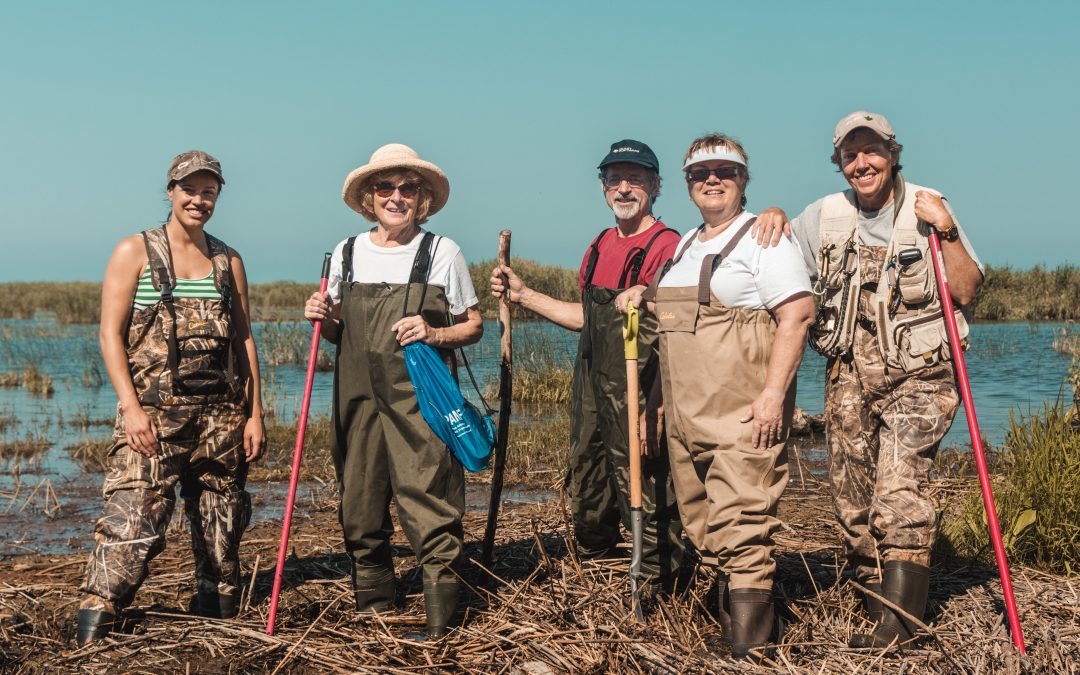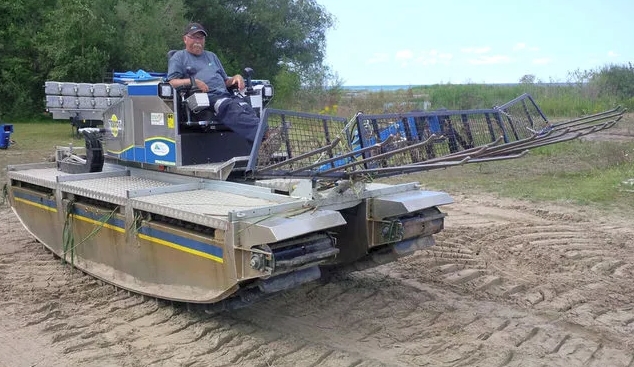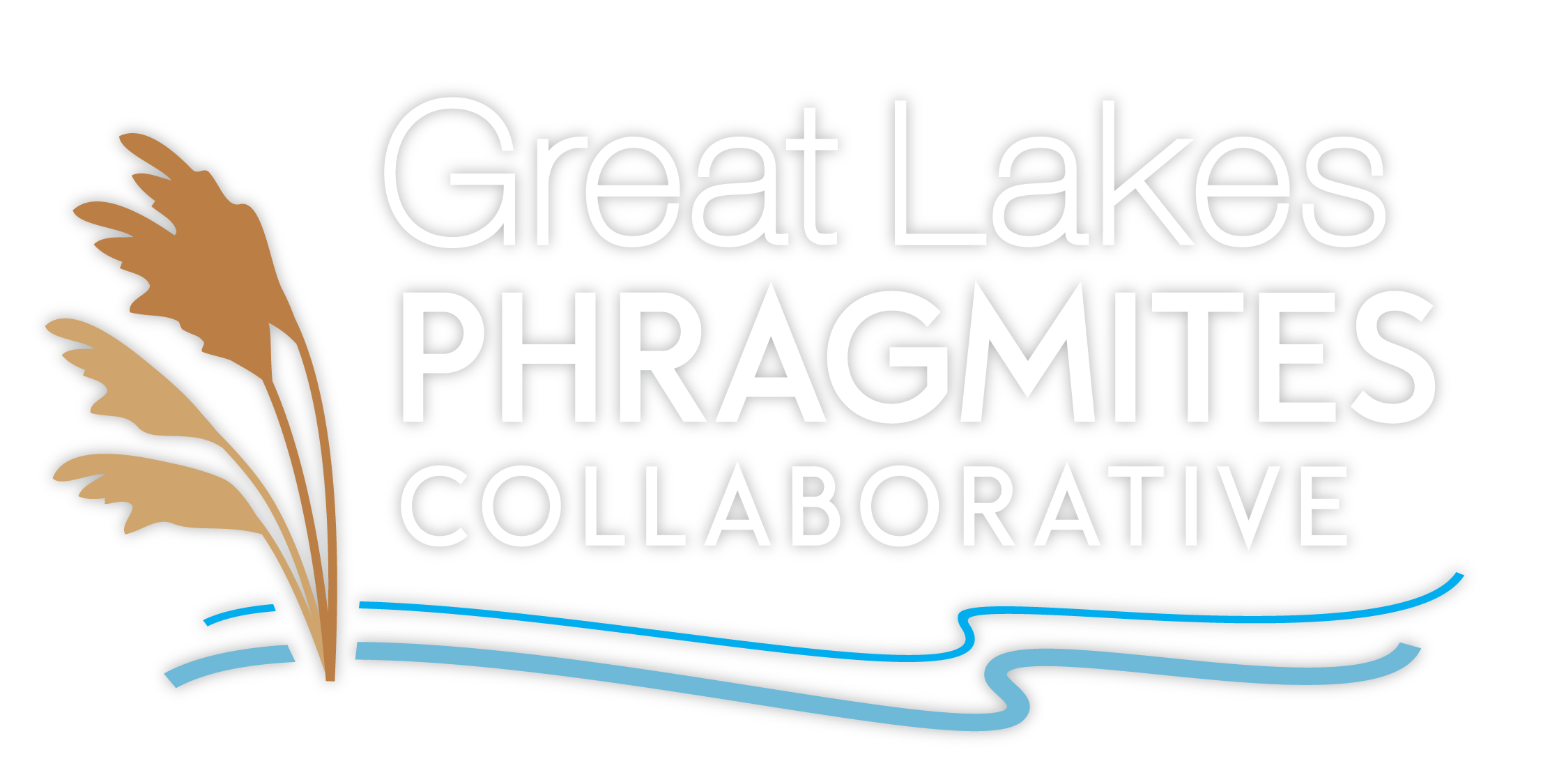


PAMF 2017 treatment highlights!
January 26, 2018 | PAMF program staff After enrolling and monitoring 93 management units into the Phragmites Adaptive Management Framework (PAMF) program in 2017, participants went on to manage Phragmites in various ways. PAMF staff reached out to participants by... Continue ReadingFiled under: PAMF

How PAMF Generates Decision Support
December 22, 2017 | PAMF program staff The Phragmites Adaptive Management Framework (PAMF) is a decision-support tool for anyone managing Phragmites in the Great Lakes basin. As a PAMF participant, you receive decision support that is tailored to the conditions at... Continue ReadingFiled under: PAMF

Research Round-Up: November 2017
What Phragmites research was published this month? Check out out our newsletter summary! To receive these monthly summaries in your inbox, sign up for our newsletter. Ed. note: Please excuse the typo in the header of this email (which says “October Research... Continue Reading
Research Round-Up: October 2017
What Phragmites research was published this month? Check out out our newsletter summary! To receive these monthly summaries in your inbox, sign up for our newsletter. Ed. note: Please excuse the typo in the header of this email (which says “September Research... Continue Reading
Why Adaptive Management anyway?
October 11, 2017 | PAMF program staff The Phragmites Adaptive Management Framework (PAMF) is a new strategy for managing Phragmites in the Great Lakes basin that was initiated by the Great Lakes Phragmites Collaborative (GLPC) and funded by the Great Lakes Restoration... Continue ReadingFiled under: PAMF

PAMF Summer 2017: Off to a great start
October 2, 2017 | PAMF program staff We are excited to report the kickoff for the pilot year of the Phragmites Adaptive Management Framework (PAMF)! After working with our Technical Working Group to finalize development of PAMF and ensure that the PAMF Participant... Continue ReadingFiled under: PAMF

Research Round-Up: September 2017
What Phragmites research was published this month? Check out out our newsletter summary! To receive these monthly summaries in your inbox, sign up for our newsletter. Read... Continue ReadingCity of London creates Phragmites Working Group, begins development of city-wide strategy
September 26, 2017 Guest blog post by the City of London, Ontario The City of London, Ontario is pleased to announce the formation of the London Phragmites Working Group (LPWG), who are developing a City-wide strategy for the control of Phragmites australis. The... Continue ReadingFiled under: Canada City of London Management Strategy Ontario

Amphibious vehicle cutting Phragmites below the waterline in Ontario
September 6, 2017 | Great Lakes CommissionA new tactic is being used against Phragmites in Ontario, and it’s a welcome addition to the management toolkit for controlling the plant in wetlands and coastal areas. A Truxor DM5000 tracked vehicle was imported from... Continue ReadingFiled under: Cutting manual removal no herbicide Ontario Truxor
